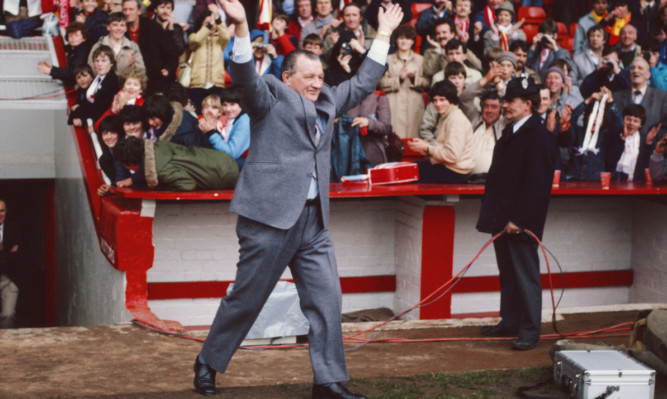
Ask anyone to list the greatest managers British football has ever known and it’s likely that the first names mentioned will be Sir Alex Ferguson, Sir Matt Busby, Bill Shankly, Brian Clough, Jose Mourinho, Jock Stein and Arsene Wenger.
An almost guaranteed oversight will be the most successful manager of them all.
Bob Paisley is regarded as the No 1 because he accrued his 20 major trophies with Liverpool in a third of the time it took Ferguson to win 38 trophies with Manchester United. He’s also unsurpassed in European football.
Mourinho, Clough, Ferguson, Pep Guardiola, Jupp Heynckes, Arrigo Sacchi they all won two European Cups.
Only Paisley and Carlo Ancelotti have won three, and Paisley is the only one to have achieved the feat with one club.
It took Ancelotti 12 years to complete his hat-trick. Paisley did it in five.
Bob died on Valentine’s Day, 1996, aged 77, 13 years after retiring as manager and becoming a director.
By then, he’d served Liverpool in almost every capacity possible, having played 253 matches for them, been the club’s physio, reserve team coach and Bill Shankly’s assistant.
Under Shankly, Liverpool had been regular trophy-winners. For nine seasons under Paisley, they swept all-comers aside.
In addition to his three European Cups, he won the league six times, the League Cup three times and the UEFA Cup once.
His management style was in sharp contrast to Shankly’s. Bill was assertive, sharp-witted and confrontational. Bob was shy, thoughtful and methodical.
It was said that Shankly stalked the corridors of Anfield in steel toe-capped shoes, while Paisley shuffled down them in slippers.
He was the son of a miner from County Durham, served with the Eighth Army in North Africa and had ridden on the back of a tank during the liberation of Rome in 1944.
The next time he returned to the Eternal City, he won the European Cup there!
Paisley’s influence is perhaps best summed up by his most significant-ever signing Kenny Dalglish.
“He was the greatest of them all,” said Kenny.
“I owe Bob more than I owe anybody else in the game there will never be another like him.”

Enjoy the convenience of having The Sunday Post delivered as a digital ePaper straight to your smartphone, tablet or computer.
Subscribe for only £5.49 a month and enjoy all the benefits of the printed paper as a digital replica.
Subscribe